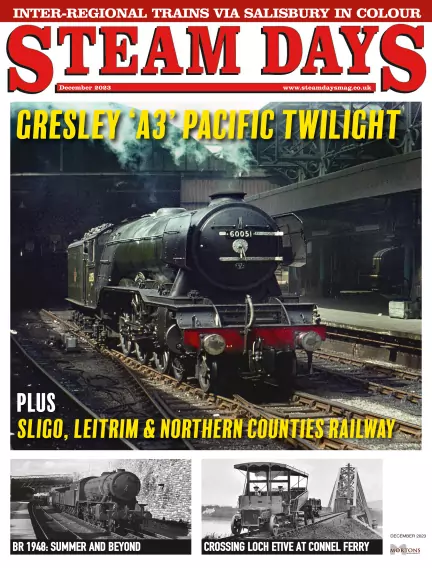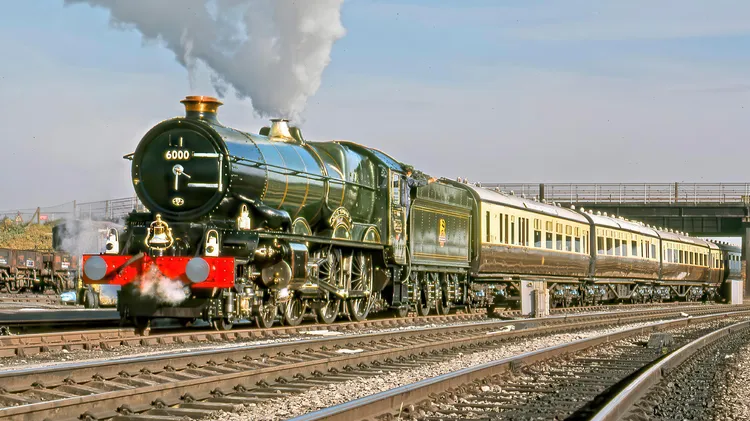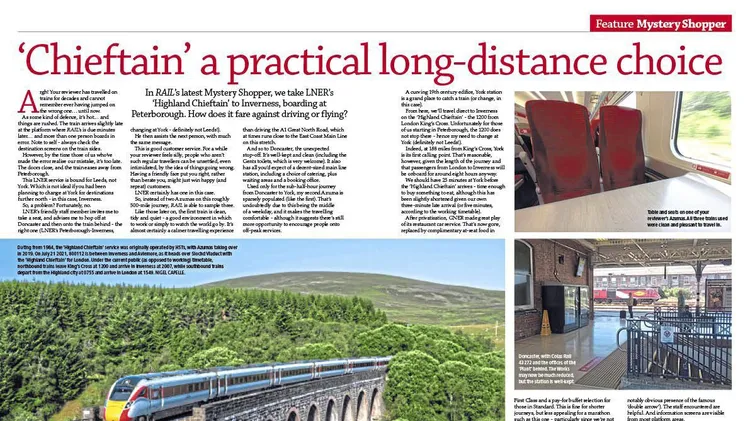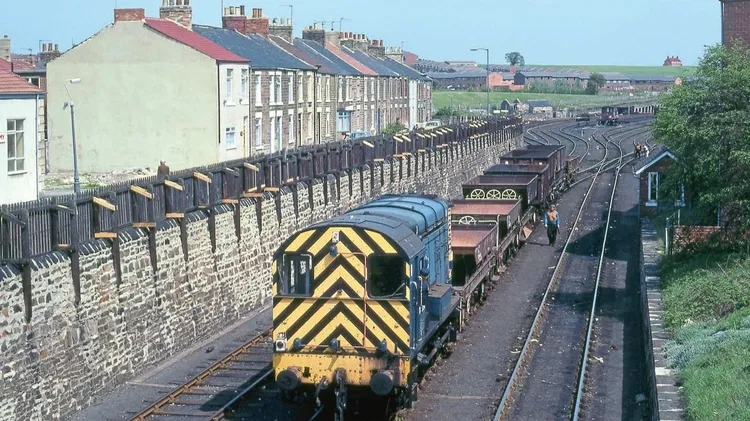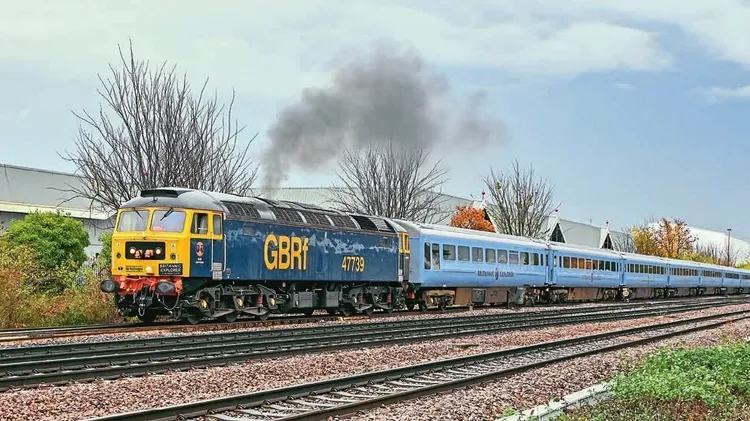In many ways a one-off period of change where
British railways: 1948 summer and (just) beyond
30 min read
This article is from...
Read this article and 8000+ more magazines and newspapers on Readly
